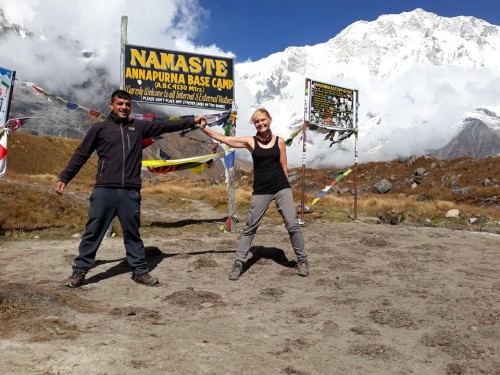Manaslu Circuit Trek in winter Season
23rd Mar, 2025

The Manaslu Circuit Trek in winter (December–February) is possible but comes with significant challenges due to extreme cold, heavy snowfall, and the closure of hotels at Dharmasala (Larke Phedi). However, it offers a uniquely peaceful trekking experience with breathtaking winter landscapes.
Table of Contents
This season is ideal for experienced high-altitude trekkers who seek adventure and enjoy the solitude of the Himalayas. However, it is not recommended for beginners due to the harsh conditions. If beginners wish to undertake the Manaslu Circuit Trek in winter, the High Pass Adventure team provides full logistical support, including an expert guide, proper planning, and essential gear recommendations to ensure a safe and enjoyable trek.
Highlights of Manaslu Circuit Trek in winter
- The winter season offers discounts on the total cost for accommodations and permits, making the trek more budget-friendly.
- Enjoy crystal-clear views of Mt. Manaslu (8,163m) and surrounding peaks like Himalchuli, Ngadi Chuli, and Ganesh Himal. The snow-covered landscapes make the region even more stunning and dramatic.
- Unlike peak seasons (autumn and spring), winter trekking offers solitude and a more immersive experience. Tea houses have fewer guests, allowing for a quieter and more personal connection with the locals.
- The highest point of the trek, Larkya La Pass (5,106m), is covered in deep snow, making the crossing more challenging and rewarding. It also offers stunning views of Himlung Himal, Cheo Himal, Kang Guru, and Annapurna II from the top.
- There are higher chances of spotting winter wildlife, such as snow leopards, Himalayan blue sheep, Himalayan tahr, white monkeys, and yaks in the remote valleys, as well as various bird species.
- Enjoy a cozy tea house experience by sitting by the fireplace, savoring warm dal bhat, hot tea, and butter tea after a long day of trekking.
- Feel the sense of self-achievement by crossing Larkya La Pass (5,106 meters) in the winter season, an adventure that becomes even more thrilling in the winter.
Full Board Package Cost for the Manaslu Circuit Trek in winter
We offer a full-board package for the Manaslu Circuit Trek in winter based on trekkers' requirements. Our program includes various packages with different itineraries, depending on the starting and ending points and the trekkers' pace.
The full-board package costs between USD 950 and 1500 per person in a group. These packages provide an all-inclusive and hassle-free adventure in the Manaslu Circuit Trek, typically covering everything from arrival to departure in Kathmandu. This include three nights' hotel stay in Kathmandu, all private transport in Kathmandu and Public transport during the trekking, logistics, accommodations, meals, permits, guide and porter services, and a basic first aid kit for the trek.
This full-board package makes planning easy, as all logistics and permits are managed by our agency. Our experienced local guides ensure a safe and enriching trekking experience, while meals and accommodations are arranged so you can focus entirely on the trek.
Manaslu Circuit Trek weather conditions - December – January – February
The weather conditions on the Manaslu Circuit Trek during December, January, and February can be quite harsh and challenging, especially at higher altitudes, from Samagaun to Bhimthang via Larke Pass (5106 m). These areas often experience heavy snowfall, and the hotel at Dharmashala (Larke Phedi) may be closed during this period.
Manaslu Circuit Trek in the December
The Manaslu Circuit Trek in December can be a great experience, but it comes with a few challenges due to the cold weather and snow at higher altitudes, which are more intense than in January and February. The weather and temperatures will be cold but manageable, typically ranging from 5°C to 10°C during the day at lower altitudes (1,000m to 2,500m). At mid-altitudes (2,500m to 3,500m), expect colder temperatures with daytime highs around 2°C to 5°C and nighttime lows possibly reaching -5°C to -10°C.
At higher altitudes (3,500m to 5,000m and above), from Samagaun to Bhimthang, as you approach Larkya La Pass (5,160m), the weather can become very cold, with daytime temperatures below 0°C and nighttime lows ranging from -10°C to -15°C. There is also a higher chance of snow in December. Besides the cold temperatures, there is a risk of snow and ice, especially around Larkya La Pass and other high-altitude areas, which can make the trail slippery and difficult to cross.
Additionally, December has shorter days, with about 8–9 hours of daylight for trekking, so it’s important to start earlier to avoid trekking in the dark. Some teahouses along the trail may close due to low numbers of trekkers during winter, so it’s essential to confirm your accommodation in advance or have an alternative plan.
Manaslu Circuit Trek in January
Trekking the Manaslu Circuit in January presents unique challenges due to extremely cold weather and a higher risk of snow on the trail. However, with proper preparation, it can be an incredibly rewarding experience, offering a quiet and serene environment in the Himalayas. The weather and temperature vary by altitude. At lower altitudes, temperatures typically range from mild to cool. In mid-altitudes, daytime temperatures hover just above freezing, while nighttime temperatures can drop significantly, leading to very cold nights. At higher altitudes, daytime highs remain below freezing, and nighttime temperatures can fall even lower.
Heavy snow is common in January, especially around Larkya La Pass, which can make the trail slippery and more challenging. Deep snow and ice may increase the difficulty and danger of crossing the pass, requiring additional gear such as microspikes, gaiters, or crampons for better traction. Days are shorter, with limited daylight hours, making it essential to start early to avoid trekking in the dark, particularly at high elevations. Additionally, some accommodations may be closed due to the low number of trekkers, so it is important to confirm availability in advance.
Manaslu Circuit Trek in February
Trekking the Manaslu Circuit in February is a challenging yet rewarding experience. The region remains cold and covered in snow, especially at higher elevations, making it ideal for trekkers who enjoy solitude, winter landscapes, and fewer crowds. However, proper preparation is essential due to freezing temperatures, snow-covered trails, and limited services.
February marks the end of winter in Nepal, but it remains extremely cold, particularly around Larkya La Pass, where deep snow and strong winds can make crossing difficult. Temperatures can range from -10°C to -20°C during both daytime and nighttime. Larkya La Pass is the coldest point of the trek, with harsh winds and significant snow accumulation, adding to the challenge. In contrast, lower regions such as Soti Khola and Machha Khola are relatively warmer and more comfortable.
Key Considerations for the Manaslu Circuit Trek in Winter
Trekking the Manaslu Circuit in winter (December, January, and February) offers breathtaking snow-covered landscapes, fewer crowds, and a peaceful Himalayan experience. However, the season also brings extreme cold, snow-covered trails, and logistical challenges, making careful planning essential. Here are some key considerations:
Proper Gear Preparation: Proper cold-weather gear is essential to stay warm and safe during the trek. This includes a down jacket, waterproof trekking boots, trekking poles, sunglasses, sunscreen, a headlamp, a waterproof and windproof jacket and pants, micro spikes or crampons, and a sleeping bag rated for -20°C.
Changeable Weather & cold Temperature: Winter in the Manaslu region is extremely cold, especially at higher altitudes, with sub-zero temperatures and heavy snowfall. The Himalayan weather is unpredictable, often changing rapidly. Temperatures around Larkya La Pass can range from -10°C to -20°C, accompanied by strong winds and deep snow, making the crossing challenging in severe conditions. Occasionally, snowfall may temporarily block the pass, causing delays in completing the trek.
Trail Conditions & Challenges: Higher sections, especially around Larkya La Pass, can have deep snow, as well as icy and slippery paths, making the trek more physically demanding. Be prepared for snow-covered and slippery trails, particularly in this area, where micro spikes and trekking poles are essential for safe walking. Without proper equipment, the pass may become impassable for several days.
Physical Fitness & Acclimatization: Winter trekking on the Manaslu Circuit requires good endurance and fitness due to heavier clothing, deep snow, and challenging conditions. Despite the colder temperatures, altitude sickness remains a risk. It is advisable to spend extra nights in Samagaun (3,530m) or Samdo (3,875m) for proper acclimatization. Additionally, follow a slow ascent, stay hydrated, and monitor for symptoms of Acute Mountain Sickness (AMS).
Accommodation & Food Availability: During winter, some teahouses close due to fewer trekkers and harsh conditions. Basic facilities are available, but heating is limited (only dining areas have a stove), and hot showers and running water may freeze at higher altitudes. Carrying extra snacks and instant food is highly recommended, as food options may be limited in remote areas.
Hiring a Experience Guide & strong Porter: Winter conditions make navigation more difficult, so hiring an experienced guide is strongly recommended. Guides help navigate snow-covered trails, assess weather conditions, and enhance overall safety. Porters reduce the physical burden, making the trek more manageable in harsh weather. Additionally, having a local guide ensures better access to open teahouses, as they can call ahead to confirm availability.
Safety & Emergency Preparedness: For the Manaslu Circuit Trek in winter, it is essential to check weather reports regularly and avoid starting the trek if heavy snowfall is expected. A flexible itinerary is necessary, as snow-blocked trails may cause delays. Additionally, having travel insurance that covers high-altitude rescue and evacuation is crucial for safety in case of an emergency
Advantages of Manaslu circuit Trek in Winter
Trekking the Manaslu Circuit in winter offers a unique and rewarding experience despite the challenges of cold weather and snowfall. Here are the key advantages of choosing this trek in the winter season:
Fewer Crowds – Peaceful & Authentic Experience
Winter trekking on the Manaslu Circuit is different from peak seasons like autumn and spring, as there are fewer trekkers on the trail. During this time, trekkers can enjoy the serene beauty of the Manaslu region without overcrowding. Additionally, teahouses are quieter, making it easier to find accommodation and have a more personal experience with the locals.
Stunning Snow-Covered Landscapes
The entire trail, mountains, and valleys are blanketed in snow, creating breathtaking scenery. The views of the mountains, including Manaslu (8,163m), Ganesh Himal, and Himalchuli, appear even more majestic under a layer of white. Additionally, Larkya La Pass (5,160m) in winter offers a true alpine adventure, with panoramic views of snow-covered peaks and glaciers.
Clear Skies & Spectacular Views
Winter in the Manaslu region usually brings crisp, dry air and clear blue skies, offering uninterrupted mountain views. Visibility is excellent, making it one of the best seasons for photography. Unlike the monsoon season, trekkers won’t encounter rain or cloudy skies blocking the scenery.
More Personalized Attention from Locals
Since fewer tourists visit the Manaslu region in winter, teahouse owners and locals are more welcoming and attentive. Trekkers receive better service at teahouses, have more interaction with the local Gurung and Tibetan communities, and get a chance to learn about their winter lifestyle. This creates an experience that feels more like an expedition than a commercial trekking route.
Greater Chance of Wildlife Sightings
With fewer trekkers on the Manaslu Circuit trail, the chance of spotting rare Himalayan wildlife increases. Trekkers may encounter Himalayan tahr, blue sheep, musk deer, and even the elusive snow leopard, as well as many bird species at higher elevations.
Affordable Costs & Discounts
Winter is considered the off-season, and since it is less busy, some teahouses offer discounts on food and accommodation. Trekkers can also get better deals on guides, porters, and trekking permits, as demand for trekking services is lower in Nepal.
A True Himalayan Winter Adventure
Crossing Larkya La Pass (5,160m) in winter is both exhilarating and challenging, offering a true sense of adventure. The trek becomes more thrilling with snow-covered trails, frozen waterfalls, and icy river crossings. Trekkers will feel like true explorers as they navigate the isolated, untouched trails.
A Critical Challenge the Larkya Pass in winter
Larkya La Pass (5,160m) is one of the highest and most challenging points on the Manaslu Circuit Trek, and it becomes even more demanding in winter (December – February) due to heavy snowfall, icy conditions, and snow on the trail, along with changeable weather. The Larkya La Pass in winter presents a critical challenge, requiring careful planning, proper gear, and mental toughness. However, for experienced trekkers, it offers a rewarding, isolated adventure with stunning views of the snow-covered Manaslu range. Ensure you're prepared for extreme cold, altitude risks, and weather uncertainties, and consider trekking with a professional guide who is familiar with the region's winter conditions. We strongly recommend that trekkers allocate at least 3 extra days in Nepal when planning the Manaslu Circuit Trek in winter to successfully complete it, as crossing Larkya La Pass on time may otherwise be impossible.
Essential Gear and Packing List for Winter Trekking to Manaslu Circuit
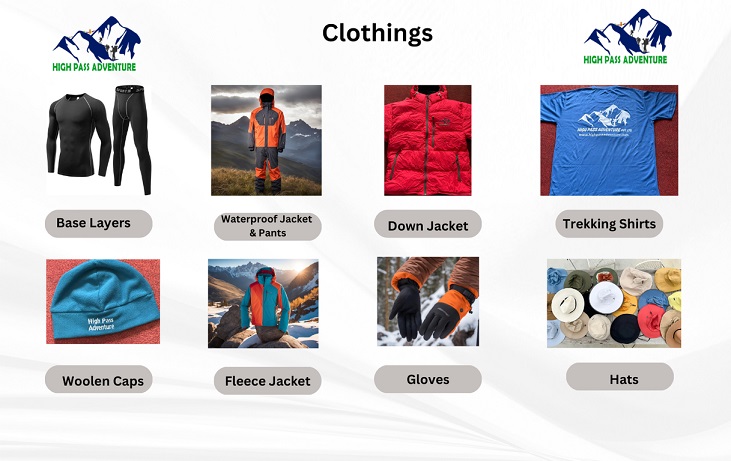 Packing well for the Manaslu Trek in winter is essential to ensure a comfortable and enjoyable experience. Nights can be extremely cold, so bring a warm sleeping bag and clothing such as a down jacket, gloves, and a hat. Waterproof gear, including a rain jacket and pants, is also necessary, and make sure your hiking boots are durable and comfortable.
Packing well for the Manaslu Trek in winter is essential to ensure a comfortable and enjoyable experience. Nights can be extremely cold, so bring a warm sleeping bag and clothing such as a down jacket, gloves, and a hat. Waterproof gear, including a rain jacket and pants, is also necessary, and make sure your hiking boots are durable and comfortable.
Recommended Packing List for the Manaslu Circuit Trek:
- Warm sleeping bag
- Warm clothing, including a down jacket, gloves, and a hat
- Necessary hiking t-shirts and pants
- Waterproof gear, such as a rain jacket and pants
- Sturdy trekking boots with waterproof and micro spikes
- Comfortable trekking socks
- Walking pole
- Sunglass, sun scream and head lamp
- Power bank and water bottle
- A first-aid kit
Be mindful of the weight and size of your gear—while the trek requires essential items, avoid over packing. If you forget anything, you can buy or rent trekking gear in Thamel, Kathmandu. Packing the right gear will ensure a smooth and enjoyable trekking experience.
Requirements permits and cost of Manaslu Circuit Trek in winter
Obtaining the necessary permits and documents is the first step before embarking on your Manaslu Circuit Trek. Trekking the Manaslu Circuit requires several permits to ensure a safe journey. You will need three permits: the MCAP (Manaslu Conservation Area Permit), the ACAP (Annapurna Conservation Area Permit), and the RAP (Manaslu Restricted Area Permit).
Here's what they cost:
Manaslu Restricted Area Permit (RAP): The cost varies depending on the season and the number of days.
- Cost: USD 100 for the first seven days and an additional USD 15 each day from September to November for all nationality
Manaslu Conservation Area Permit (MCAP): Required for trekking within the Manaslu Conservation Area.
- Cost: SAARC Nationals' entry fee is 1000 (one thousand) Nepali Rupees per person and 3000 (three thousands) Nepali Rupees for others nationality.
Annapurna Conservation Area Permit (ACAP): Required after crossing the Larke Pass and entering the Annapurna Conservation Area.
Cost: SAARC Nationals' entry fee is 1000 (one thousand) Nepali Rupees per person and 3000 (three thousands) Nepali Rupees for others nationality.
It’s easy to obtain these permits, but you must apply through a trekking agency. The earlier you apply, the better, to avoid any issues. Having the right permits ensures a smooth and enjoyable Manaslu Circuit trek. Respect local customs, document the unique way of life in the area, and follow the trek’s regulations.
Conclusion:
As you prepare for your Manaslu Circuit Trek in winter and keep all your amazing plans in line, be wise and plan well. This challenging hike can be unforgettable with the proper precautions. This guide is designed to help you plan a successful trek in Winter
Every step, from packing the right gear to planning for changing weather, counts. If you maintain the right mindset and approach things as an adventure, you’ll take in the stunning scenery and rich culture. You’ll also develop personally from this incredible trek.
So, put on your boots, have your packing done, and get ready to make memories in the Manaslu region. When you’re back home, the challenges and the journey will make you love the Himalayas even more after the Manaslu Circuit Trek in winter.
FAQ
Is the Manaslu Circuit Trek possible in winter?
Yes, the Manaslu Circuit Trek is possible in winter, but it requires careful planning and preparation due to the challenging weather conditions. Winter trekking (December – February) in the region presents unique difficulties, including snowfall, icy trails, colder temperatures, and unpredictable weather.
Is Larkya La Pass accessible during winter?
The Larkya La Pass (5,106m) is technically accessible during winter (December – January - February), but it is highly challenging and should not be taken lightly due to the severe winter conditions.
Are the tea houses are open in winter for Manaslu Circuit Trek?
Yes, some tea houses on the Manaslu Circuit Trek are open during winter (December – February), but not all of them. Winter is the off-season for trekking, and many tea houses close due to fewer trekkers and the harsh conditions. However, there are still a few tea houses that remain open to cater to the limited number of trekkers who venture into the region during the winter months.
How cold does it get on the Manaslu Circuit Trek in winter?
The Manaslu Circuit Trek in winter (December – February) can get extremely cold, especially at higher altitudes. The temperature can vary significantly depending on your location, altitude, and the time of day, but it can drop to very low levels, reaching -10°C to -15°C or even colder, especially at places like Samdo, Bimtang, or Dharmashala.
What gear is essential for the Manaslu Circuit trek in winter?
For the Manaslu Circuit Trek in winter, it's crucial to have the right gear to stay warm and safe in freezing conditions. The basic recommended gear includes warm and waterproof clothing, microspikes, and walking poles.
Do I need extra days for the Manaslu circuit Trek in winter?
Yes, extra days are highly recommended for the Manaslu Circuit Trek in winter due to unpredictable weather conditions, heavy snowfall, and slower progress caused by the challenging terrain.
Are you interested on any of your travel serveices?
Make Inquiry NowRecent From Blog

15th Jun, 2023
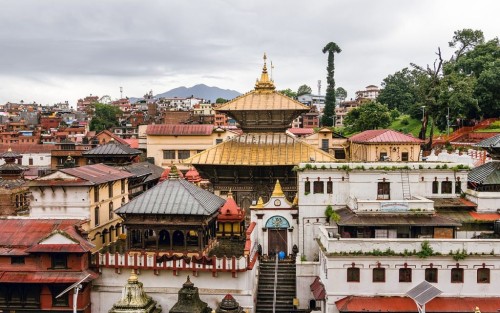
21st Feb, 2021

28th Feb, 2018

5th Sep, 2023

13th May, 2019
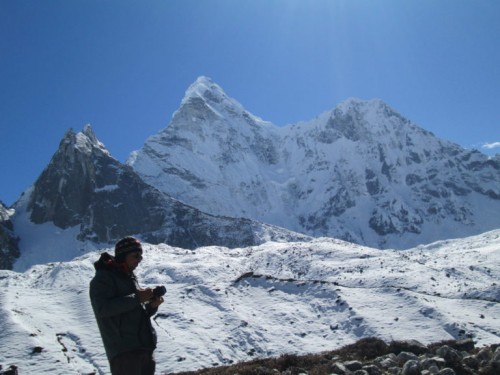
19th Feb, 2019

8th Feb, 2021
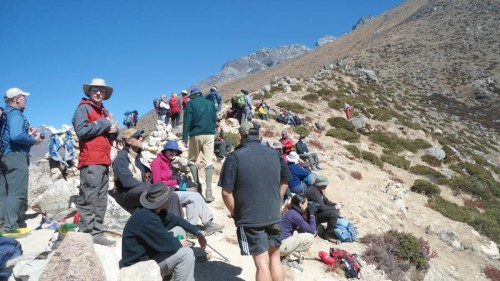
21st Jan, 2021

29th Jul, 2020
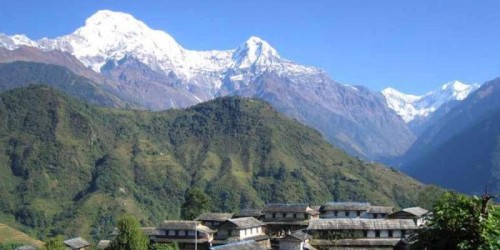
3rd May, 2019

30th Apr, 2020

3rd Apr, 2020

17th Jul, 2020
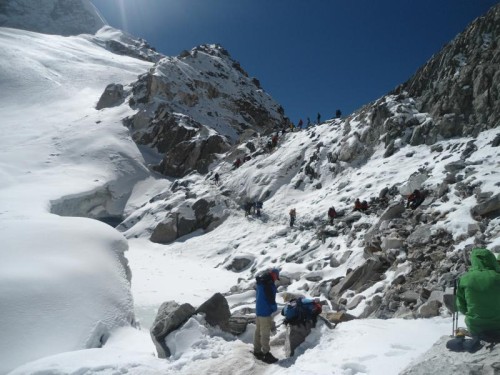
26th Mar, 2020
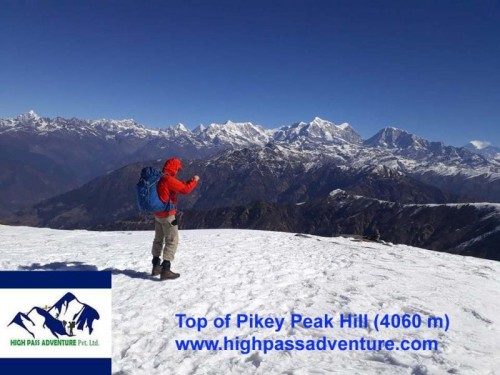
31st Mar, 2020

19th Jun, 2023
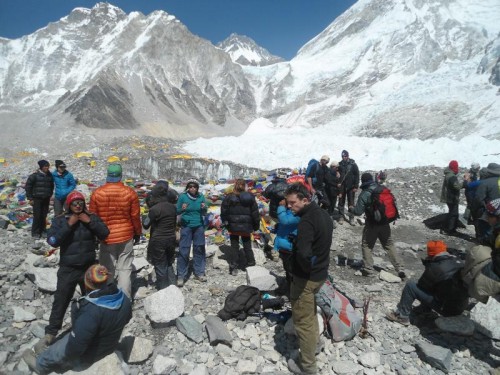
11th Feb, 2020
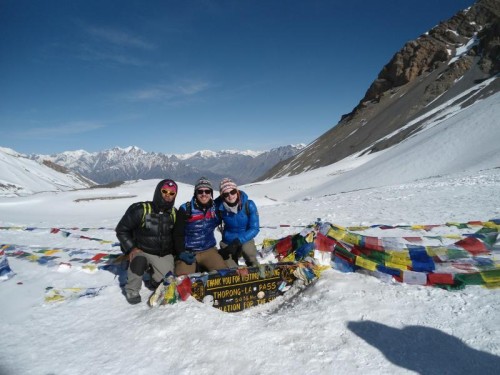
11th Mar, 2020

27th Sep, 2019

17th May, 2019

26th Jul, 2020

6th May, 2019
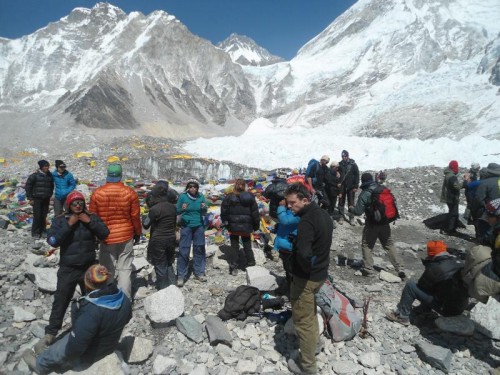
5th Mar, 2019
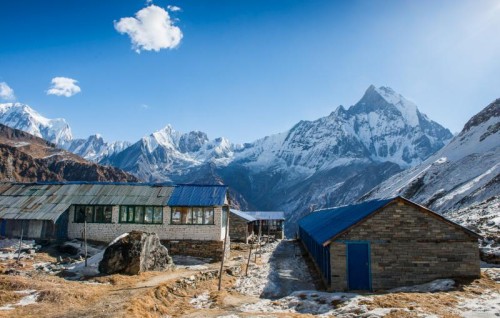
7th Mar, 2020

18th Feb, 2019

12th Sep, 2019

27th Mar, 2018

27th Mar, 2019

2nd Mar, 2019

16th Jan, 2019

1st Jul, 2023

5th Jul, 2023

5th Jul, 2023

5th Jul, 2023

5th Jul, 2023
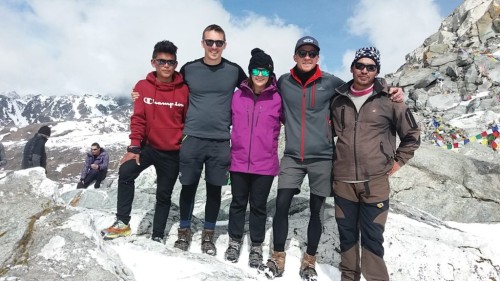
5th Dec, 2019

6th Jan, 2019
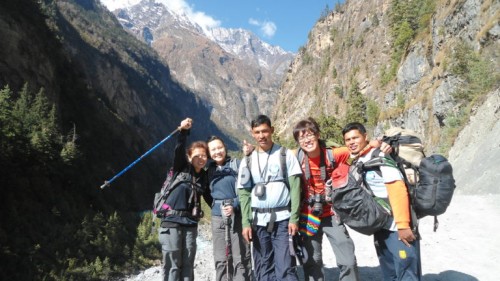
28th Feb, 2018

9th Dec, 2018

11th Dec, 2018

5th Oct, 2023

3rd Jan, 2024
.jpg)
27th Jan, 2024

29th Jan, 2024

19th Jan, 2025

7th Feb, 2025

17th Feb, 2025

9th Mar, 2025

15th Mar, 2025

18th Mar, 2025

23rd Mar, 2025

25th Mar, 2025

26th Mar, 2025

24th Apr, 2025

21st May, 2025

21st May, 2025

22nd Jun, 2025

22nd Jun, 2025

4th Jul, 2025

14th Jul, 2025

14th Sep, 2025



